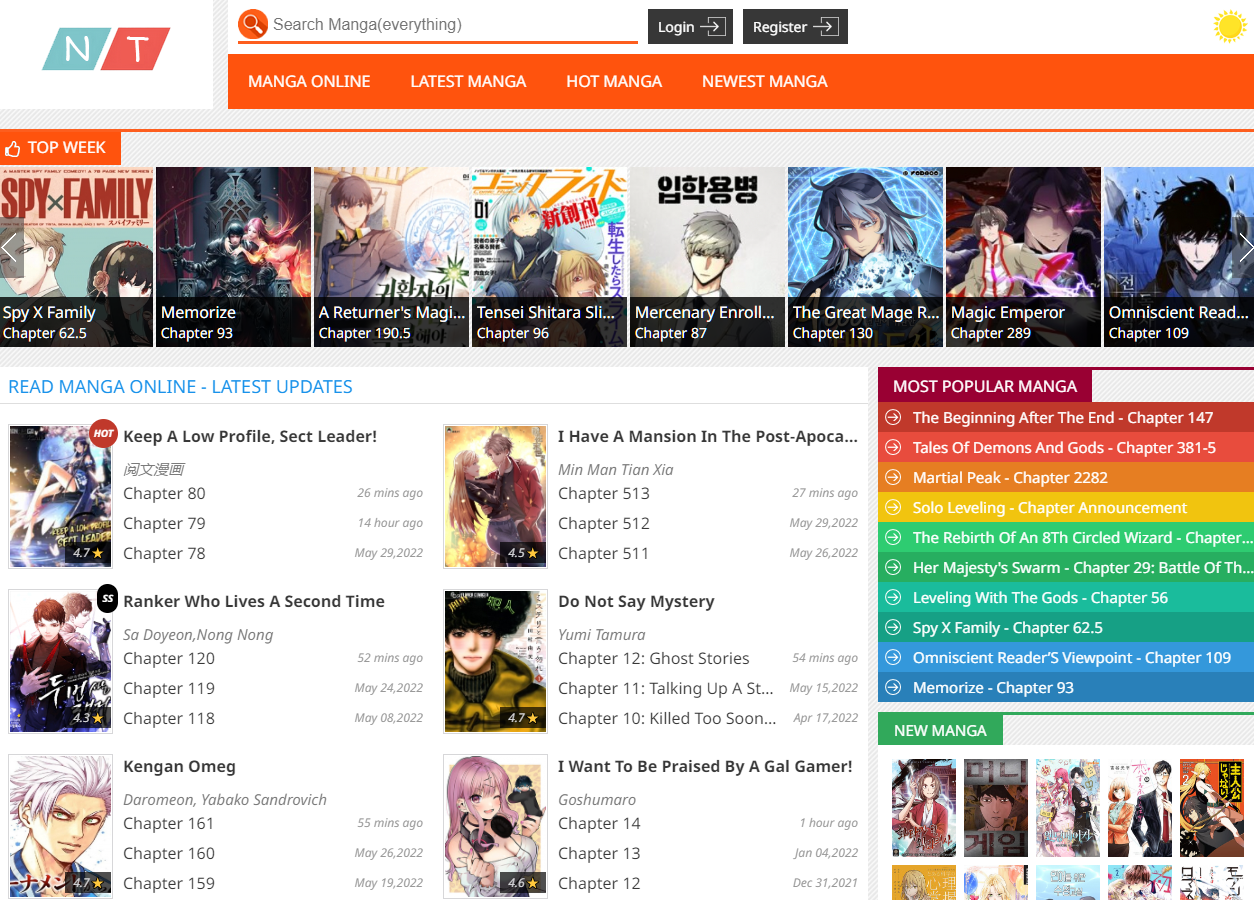🌟 Dịch Vụ Chất Lượng Cao 🌟
✓ 301 Redirect: Chuyển hướng domain an toàn, giữ nguyên giá trị SEO
✓ Guest Post: Đăng bài chất lượng trên các website uy tín
✓ Hỗ trợ tư vấn 24/7
✓ Báo giá cạnh tranh
✓ Thời gian xử lý nhanh chóng
📱 Liên hệ ngay qua Telegram: @subdomaingov
⚡ Hỗ trợ tư vấn miễn phí
Sensei Wa Ikenai ××Nist
₫238.138
Sensei Wa Ikenai ××Nist | Highlights: New Chapters for Every Taste
Product description
Dive Deep into the Intriguing World of Manga Summary Fake Second Unveiling Twists and Complexities
In this article, we will explore the captivating plot and character dynamics in Manga summary Fake: Second. This work continues to intrigue readers with its blend of action, drama, and emotion, taking us further into the lives of its multidimensional characters. Join me as we unpack the layers of storytelling that make this manga an exhilarating reading experience.
Understanding the Premise of Manga Summary Fake: Second
Manga summary Fake: Second builds upon the foundation laid by its predecessor, intertwining complex narratives with themes of identity, truth, and deception. The story follows several key characters who navigate through a world filled with fake identities and hidden motives, resulting in thrilling encounters and emotional stakes.
Plot Overview
At the heart of Fake: Second is the journey of its protagonist, who grapples with their sense of self amidst an environment rife with deceit. Unlike traditional narratives, this manga delves into psychological aspects, compelling readers to question what they perceive as reality. Each chapter reveals intricate details about the story, leading to unforeseen revelations.
The pacing of the narrative keeps readers on edge; moments of high tension intersperse with quieter, introspective scenes. This balance allows for deeper character exploration while propelling the plot forward. The relationships between characters are layered, showcasing their vulnerabilities and desires, making them resonate with the audience.
Character Dynamics
Character development plays a crucial role in Manga summary Fake: Second. Each character is meticulously crafted, showcasing unique traits that contribute to the overarching narrative. The protagonist's evolution is mirrored by the supporting cast, whose arcs provide counterpoints to the main storyline.
Conflict arises not only from external circumstances but also from internal struggles. As characters confront their pasts and relationships with one another, readers witness their growth or failure, adding depth to the overall experience.
Themes of Identity and Deception
One of the central themes of Manga summary Fake: Second is identity. Characters frequently grapple with their authenticity versus the facades they present to the world. This theme resonates deeply in an age where social media and public personas often blur the lines between reality and fiction.
Deception winds through the plot like a thread, creating a tapestry of intrigue. Whether characters are lying to themselves or others, these deceptions serve as catalysts for both conflict and resolution. The interplay between truth and lies prompts readers to reflect on their perceptions of honesty and trust.
Narrative Techniques and Artistic Style
Manga summary Fake: Second employs a mix of narrative techniques and artistic styles that enhance the storytelling experience. From the pacing of dialogue to the intricacies of visual elements, every aspect contributes to reader engagement.
Visual Storytelling Elements
Art plays a vital role in communicating emotions and actions within the manga. The character designs are expressive, mirroring their personalities and inner turmoil. Each panel is thoughtfully constructed, utilizing space and perspective to heighten dramatic moments.
Color schemes add another layer to the art, with certain hues symbolizing themes such as betrayal, love, and conflict. For instance, darker shades often accompany tense situations, while lighter palettes may signify hope or camaraderie among characters.
Dialogue and Internal Monologues
Dialogue flows naturally throughout the manga, seamlessly integrating humor, tension, and pathos. Characters' interactions reveal their motivations and desires, pushing the plot forward. Clever wordplay and banter can lighten heavier moments, providing comic relief without undermining the underlying stakes.
Internal monologues offer insight into characters’ thoughts and feelings, allowing readers to empathize with their struggles. These introspective moments enrich the narrative, paving the way for deeper understanding of each character's journey.
Symbolism and Motifs
Symbolism in Manga summary Fake: Second is abundant, with recurring motifs enhancing the thematic depth. Objects, colors, and even specific phrases carry significant weight within the context of the story. Readers can find layers of meaning behind seemingly mundane elements, inviting them to engage more critically with the text.
As the story unfolds, these symbols evolve, providing clues to character development and plot progression. This complexity encourages readers to revisit earlier chapters with a newfound appreciation for the subtlety of the manga’s craftsmanship.
Reader Engagement and Reception
Manga summary Fake: Second has garnered considerable attention and praise from audiences and critics alike. Its nuanced approach to storytelling and character development sets it apart in a crowded genre, fostering a dedicated fanbase.
Community and Fan Culture
The community surrounding Manga summary Fake: Second is vibrant, characterized by discussions, fan art, and theories. Fans often engage in debates regarding character interpretations and potential plot twists, demonstrating how invested they are in the narrative.
Social media platforms have become conduits for fans to express their enthusiasm, sharing artwork and analyses that further enrich the discourse around the manga. This collaborative spirit showcases the power of storytelling to forge connections between readers across diverse backgrounds.
Critiques and Areas for Improvement
Despite its acclaim, Manga summary Fake: Second is not without its critiques. Some readers may find certain plot points convoluted or characters less relatable at times. Such feedback often leads to constructive discussions about narrative direction and character motivations.
Acknowledging these critiques can foster a richer understanding of the manga. It highlights the importance of audience perspective and the subjective nature of storytelling. By considering various viewpoints, both creators and fans can engage in meaningful conversations about the work.
The Impact of Cultural Context
Cultural elements woven into Manga summary Fake: Second add depth to its narrative. References to societal norms, traditions, and contemporary issues resonate with readers familiar with Japanese culture. However, the universal themes of identity and truth allow non-Japanese audiences to connect with the story on a broader scale.
Exploring how cultural contexts influence character behavior and plot developments opens up avenues for diverse interpretations. In this way, the manga transcends geographical boundaries, proving that good storytelling possesses inherent universality.
FAQs About Manga Summary Fake: Second
What is Manga summary Fake: Second about?
Manga summary Fake: Second follows a protagonist navigating a world filled with deception and complex relationships. It explores themes of identity, truth, and the consequences of living a lie.
Who are the main characters in Manga summary Fake: Second?
Key characters include the protagonist, who struggles with self-identity, and various supporting characters who challenge or support them throughout their journey. Each character's development adds depth to the narrative.
How does the artwork enhance the story?
The artwork in Manga summary Fake: Second is expressive and carefully designed. Visual elements convey emotions, highlight themes, and create a rich atmosphere that complements the narrative.
Is Manga summary Fake: Second suitable for all ages?
While Manga summary Fake: Second features complex themes and emotional conflicts, it is generally suitable for older teens and adults due to its mature subject matter. Readers should consider their comfort levels with such themes.
Where can I read Manga summary Fake: Second?
Manga summary Fake: Second is available through various online platforms that specialize in manga. Check your local bookstore or library for physical copies if you prefer traditional formats.
Conclusion
In conclusion, Manga summary Fake: Second offers a rich tapestry of engaging narratives, multifaceted characters, and thought-provoking themes. The combination of artistic elements and narrative techniques elevates the story, drawing readers into its intricate world. Through our exploration, we have uncovered the complexities that make this manga a standout in the genre. As readers continue to immerse themselves in this fascinating tale, one thing remains clear—Manga summary Fake: Second is a remarkable testament to the power of storytelling in conveying profound truths about humanity, identity, and the delicate balance between reality and illusion.







